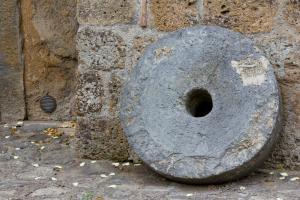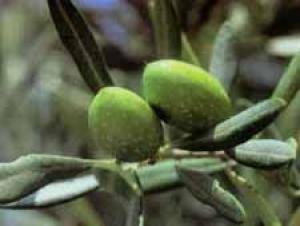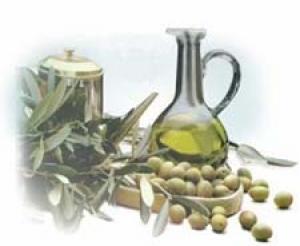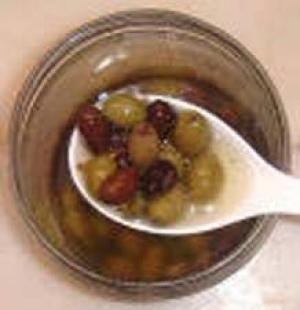Articles
Showing 12 of 903

Oholah Definition
Nickname given by Ezekiel to the northern kingdom. It means "her tent" and probably refers to the Baal high places the northern kingdom built.

Oholibah Definition
Nickname given by Ezekiel to the southern kingdom. It means "tent worshiper," a reference to the Baal worship of Judah.

Olive Crusher
This olive installation is located at the modern-day city of Maresha in southern Judea. Its appearance and location in a cave are typical of ancient presses. Oil installations were commonly placed in caves because the more moderate temperatures im...

Olive Crusher Definition
The stone basin used to crush olives into pulp. A donkey pushed on a horizontal beam, which in turn rolled a millstone that crushed into a pulp ripe olives placed in a large, round basin. An olive crusher was often placed in a cave, where the mode...

Olive Grove
Olive trees rarely reach 20 feet high. This ancient tree, with is gnarled trunk, is still very productive after 100 or more years of bearing olives. The root system of olive trees spreads wide to obtain the necessary moisture in Israel's relativel...

Olive Oil
Olive oil was highly valued by the people of first-century Israel. They used it in food preparation and preservation, in medicine, and in cosmetics. Olive oil was also used to lubricate wheels and hinges. Its most important use, however, was proba...

Olive Oil (Olive Farming)
Olive oil was a significant part of the daily lives of the Israelites in the first century. It was eaten in or with other food, used for skin care, used to fuel lamps, taken as medicine, and widely used in trade. It may also have been used as a lu...

Olive Oil Processing
The cultivation and harvesting of olives was essential to Galilee's first-century economy. A community olive processing installation included an olive crusher, which cracked the olives in order to produce an initial flow of oil, and an olive press...

Olive Tree Imagery
The olive tree is one of the plants most frequently mentioned in the Bible. Scripture writers used olive tree imagery to describe Jesus' Jewish roots and the relationship of Jews and Gentiles.When an olive tree gets very old (often hundreds of yea...

Olive Trees
The olive tree is known for its beauty (Hosea 14:6) partially because its large ancient trunk often has the look of a productive past. Furthermore, one side of the tree's leaves are light green and the other, a much lighter green, give the leaves ...

Olives
This bowl contains both ripe and unripe olives. The green olives, pickled or salted, are an important part of the daily diet. The black ones may be salted or pickled for eating; or more likely, they may be crushed and pressed for oil.



